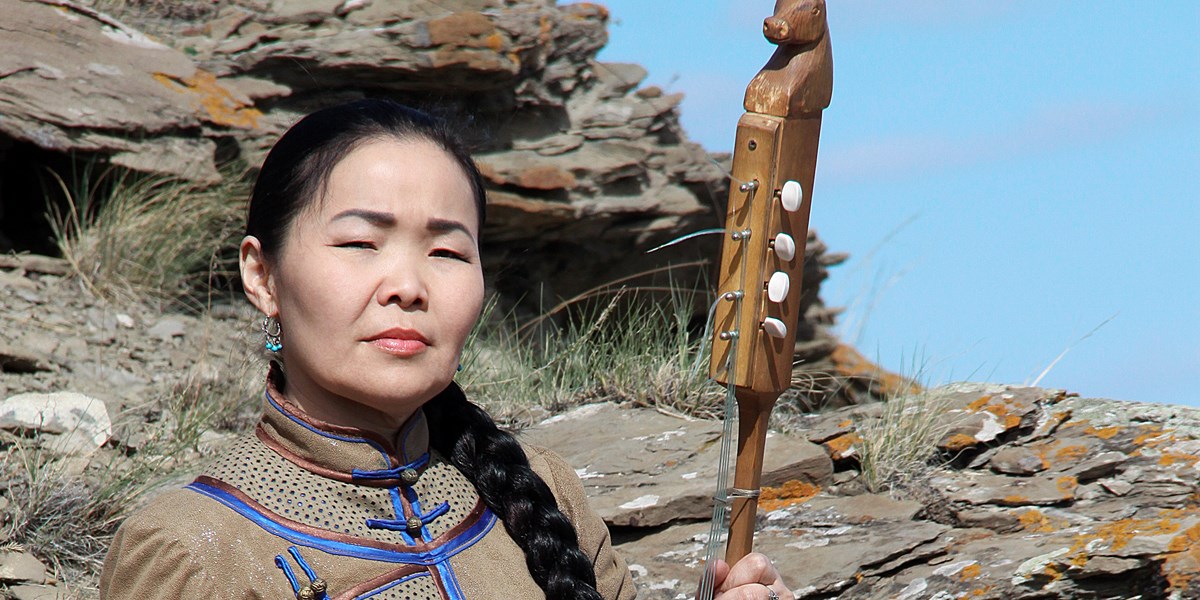Friday, March 25, 2022
“The Tyvan word byzaa refers to the mooing sound made by a calf” | Choduraa Tumat
By Carole Pegg
The beacon of Tyvan female throat-singing shines light on her rare four-stringed instrument, the byzaanchy


Register now to continue reading

Thanks for visiting the Songlines website, your guide to an extraordinary world of music and culture. Sign up for a free account now to enjoy:
- Free access to 2 subscriber-only articles and album reviews every month
- Unlimited access to our news and awards pages
- Our regular email newsletters

